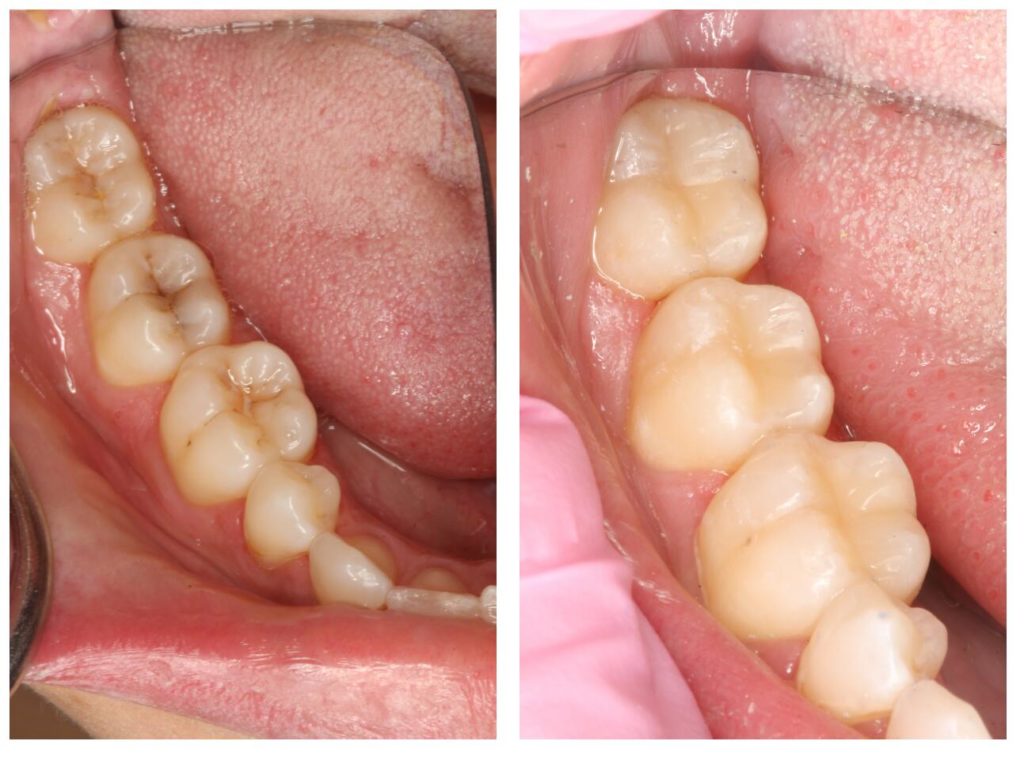
During your last checkup, your dentist confirmed your worst fears: you have a cavity. You know that if you don’t do something about it, you could end up with a toothache and, in the worst-case scenario, a damaged or incomplete grin. Obviously, you’ll want the cavity treated and your tooth restored sooner rather than later. The question, then, is this: what kind of treatment should it be? Will fillings or dental crowns in Kittanning be enough, or is a more advanced procedure needed? Below are 4 possible solutions for tooth decay; keep reading to learn how they work and when they might be used.
1. Fillings
Fillings are generally considered the main treatment option for cavities; they can be placed as long as there’s still an adequate amount of healthy enamel. After the decay has been removed, the filling material is placed in the now-empty space. Tooth-colored fillings in Kittanning are generally favored over metal fillings for the aesthetic advantages; they can also bond directly with the tooth, so we won’t have to remove healthy structure in order to create a pocket for them to sit in.
2. Dental Crowns
Over time, decay can weaken your teeth to the point where they might break if you continue using them to bite and chew. In order to protect the tooth and stop the problem from getting worse, crowns are normally recommended for particularly large cavities. Crowns can be made out of metal, porcelain fused to porcelain, or all-ceramic. These materials are all durable and very reliable, but porcelain crowns are likely to be your preferred option if you’re worried about keeping the natural appearance of your smile.
3. Root Canal Therapy
The damage from a cavity may go further than you think. The decay could reach the point where the pulp – the inner material of the tooth that contains blood vessels and nerves – is infected. At this point, your oral health could be in serious danger, and the best way to save the tooth without needing to remove it is with root canal therapy. This procedure involves taking out the diseased pulp and cleaning out the tooth to get rid of any bacteria that could cause further infection. After this procedure, the tooth will likely need a crown to protect it.
4. Tooth Extraction
If restoration simply isn’t possible, a badly decayed tooth can be removed. A dental bridge or an implant-retained crown should placed as soon as possible to stop the remaining teeth from shifting.
If you want to avoid the more extensive treatments for tooth decay, you’ll want your dentist in Kittanning to address the decay as soon as possible. Schedule an appointment as soon as you notice the first sign of a cavity!
About the Author
Dr. Ray Voller often gives lectures to his fellow dental professionals, lay groups, and students on restorative dentistry and other aspects of dental health. Having been helping patients since 1981 at Voller Dentistry, he’s had experience in treating various kinds of cavities with fillings, crowns, and other services. To schedule an appointment, visit his website or call (724) 543-4948.
